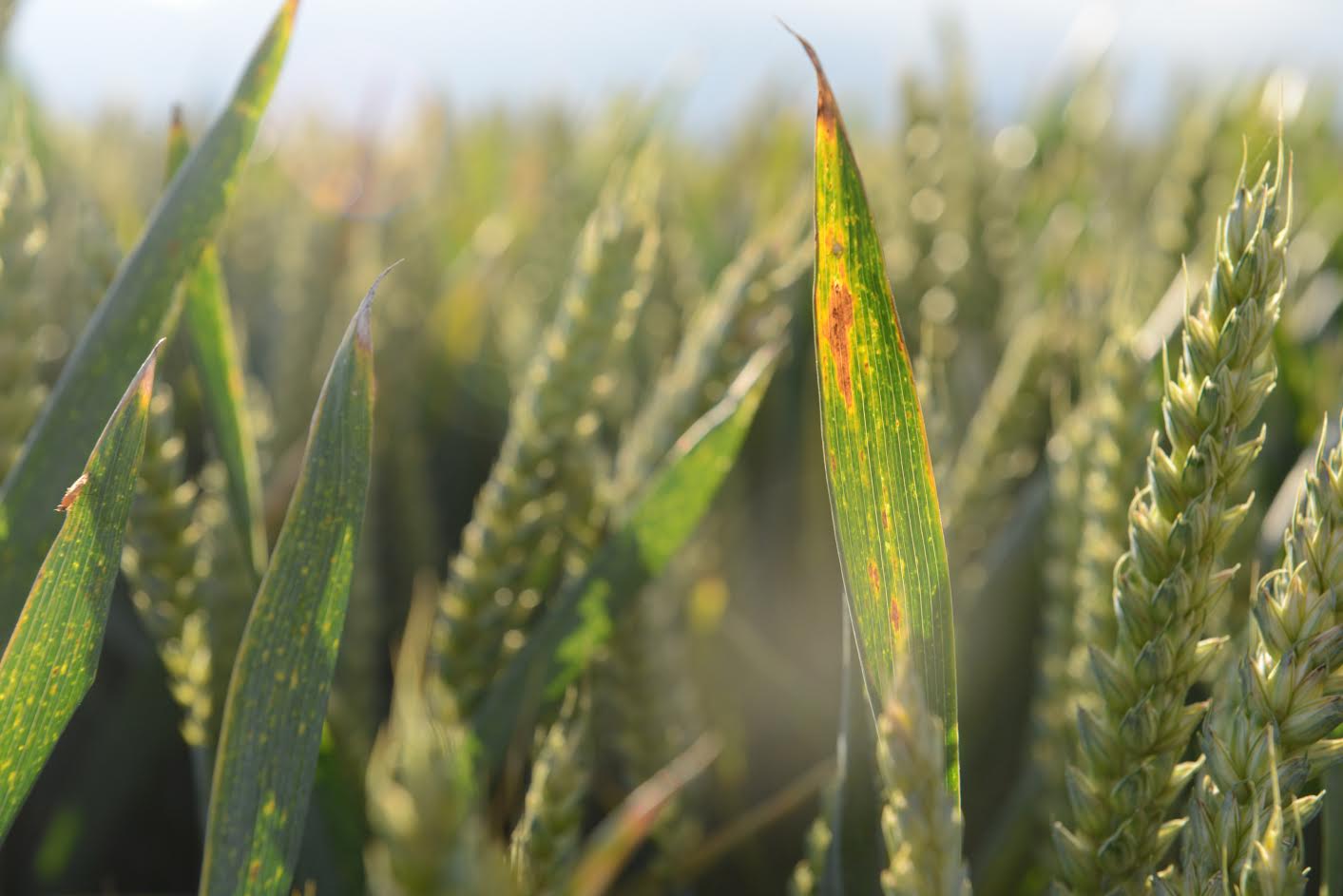
Cereals growers are warned not to be complacent in protecting their crops against Barley Yellow Dwarf Virus (BYDV) as temperatures remain warm heading into autumn.
Barley Yellow Dwarf Virus (BYDV) is spread by bird cherry-oat and grain aphids and can affect all cereal crops, but particularly barley and oats.
Symptoms are leaf yellowing and reddening associated with stunted growth. Severe infections can result in significant yield losses.
Peak autumn flights of Rhopalosiphum padi (Bird cherry-oat aphid), the main BYDV vector in England, increase in favourable weather during September and typically don’t decline markedly until after the first week of November.
“Recent winters, such as in 2015 and 2016, saw some very high levels of BYDV infection in untreated crops in regions where the mild autumn temperatures resulted in aphids flying until Christmas,” said Dr Bill Lankford, country manager for Life Scientific.
“Autumn infection can lead to yield losses of as much as 2.5t/ha in untreated crops, so it is essential that growers fully grasp the risk and are aware of the best approach to preventing infection.”
“Growers in the traditionally BYDV high risk areas in the south and south west as well as the Deben Valley in East Anglia and coastal fringes will be well aware of the threat, but any early drilled cereals are generally at risk,” he added.
Aphid migration
Entomologist, Alex Greenslade, who is heading up Rothamsted Research’s Insect Survey, records that the last week in September saw a rise in the total number of aphids.
The report suggests that the increase in aphid numbers, despite the fall in average air temperature in late September, is a sign that this year’s autumn aphid migration is underway and particularly so for the bird cherry–oat aphid in the north of Britain.
The report also highlights that aphids on unprotected crops will continue to do well at temperatures above 3°C.
Nick Wall independent agronomist with Crop Management Partners, who walks crops in Hants, Dorset and Wilts, takes a very cautious approach when dealing with BYDV - based on the significant impact the disease has had on crops in his area in the past.
“It’s really important to recognise that any crops that are already in the ground or will be drilled before November are at risk if it’s a mild autumn, which it has been so far. For this to change and for aphids to die off we would need about 5 days of temperatures of -5°C.”
